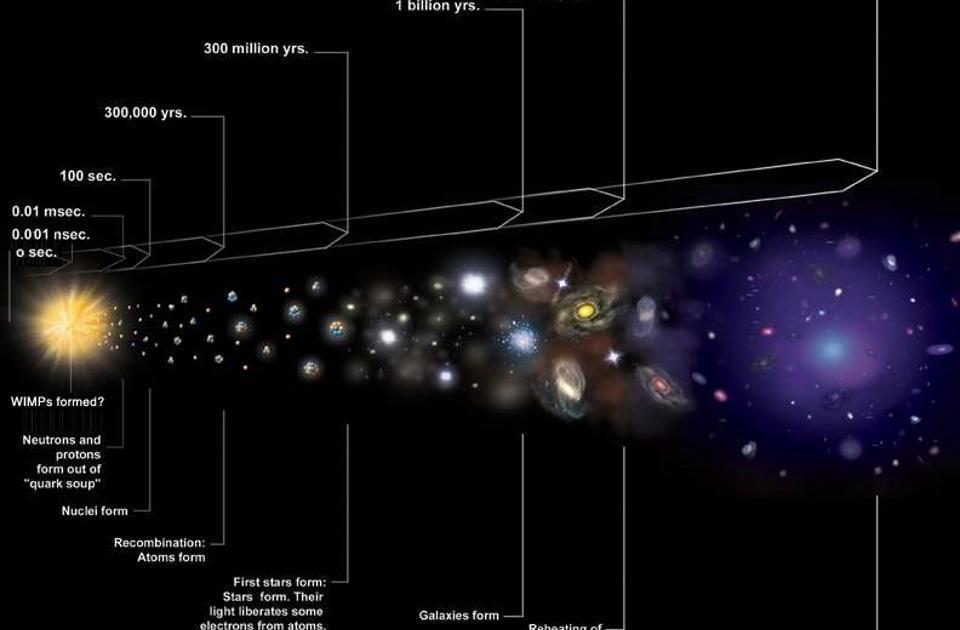Apr 18, 2024
Sweden becomes 38th country to sign NASA’s Artemis Accords for moon exploration
Posted by Genevieve Klien in category: space
NASA keeps adding nations to its international commitment for responsible moon exploration.
NASA keeps adding nations to its international commitment for responsible moon exploration.
Does Saturn’s largest moon, Titan, have the necessary ingredients for life as we know it, or even as we don’t know it? This is what NASA’s Dragonfly rotorcraft mission hopes to address as the space agency recently announced that the Dragonfly team can proceed to the final phases of design, construction, and testing, with a scheduled launched date of 2028. This comes after Dragonfly was selected by NASA in June 2019 and could help scientists better understand the origins of life beyond Earth.
“The Dragonfly mission is an incredible opportunity to explore an ocean world in a way that we have never done before,” said Dr. Elizabeth “Zibi” Turtle of the Johns Hopkins University Applied Physics Laboratory (APL) and the Dragonfly Principal Investigator. “The team is dedicated and enthusiastic about accomplishing this unprecedented investigation of the complex carbon chemistry that exists on the surface of Titan and the innovative technology bringing this first-of-its-kind space mission to life.”
Titan has intrigued scientists for several decades, as it’s the only moon in the solar system with a dense atmosphere and the only planetary body other than Earth with standing bodies of liquid on its surface. However, these bodies of liquid are comprised of methane and ethane as Titan’s surface temperature is a blistering-290 degrees Fahrenheit, which is cold enough to keep methane and ethane in a liquid form, whereas they are gases on Earth.
If the effect is confirmed to be happening over WASP-76b, it could reveal a great deal about this strange and extreme exoplanet — a world unlike anything seen in our stellar domain.
Related: Ultra-hot exoplanet has an atmosphere of vaporized rock
“There’s a reason no glory has been seen before outside our Solar System – it requires very peculiar conditions,” Olivier Demangeon, team leader and an astronomer at the Institute of Astrophysics and Space Sciences in Portugal, said in a statement. “First, you need atmospheric particles that are close-to-perfectly spherical, completely uniform and stable enough to be observed over a long time. The planet’s nearby star needs to shine directly at it, with the observer — here CHEOPS — at just the right orientation.”
James Webb Space Telescope data pinpoints possible aurorae on isolated world in our solar neighborhood.
Using new observations from the James Webb Space Telescope (JWST), astronomers have discovered methane emission on a brown dwarf, an unexpected finding for such a cold and isolated world. Published in the journal Nature, the findings suggest that this brown dwarf might generate aurorae similar to those seen on our own planet as well as on Jupiter and Saturn.
The Study of Brown Dwarfs.
An easy-to-use technique could assist everyone from economists to sports analysts.
Pollsters trying to predict presidential election results and physicists searching for distant exoplanets have at least one thing in common: They often use a tried-and-true scientific technique called Bayesian inference.
Bayesian inference allows these scientists to effectively estimate some unknown parameter — like the winner of an election — from data such as poll results. But Bayesian inference can be slow, sometimes consuming weeks or even months of computation time or requiring a researcher to spend hours deriving tedious equations by hand.
Dr. Jackie Faherty: “Methane emission was not on my radar when we started this project but now that we know it can be there and the explanation for it so enticing I am constantly on the look-out for it. That’s part of how science moves forward.”
Brown dwarfs are too large to be considered planets and too small to produce nuclear fusion like stars. But can they still exhibit some of the same characteristics as planets, like aurorae? This is what a recent study published in Nature hopes to address as a team of international researchers investigated how the brown dwarf W1935, which is located approximately 47 light-years from Earth, could not only possess methane but also have aurorae, all of which are observed on Earth, Jupiter, and Saturn. This study holds the potential to help astronomers better understand the formation and evolution of brown dwarfs, as brown dwarfs remain some of the most mysterious objects in the cosmos despite thousands being identified.
For the study, the researchers used NASA’s James Webb Space Telescope (JWST) and its powerful infrared instruments to observe 12 brown dwarfs, including W1935. In the end, JWST observed strong evidence for the existence of methane with W1935, which the researchers compared to atmospheric models to confirm these findings, along with methane existing on Jupiter, Saturn, and Earth.
Continue reading “JWST Observes Rare Methane Glow on Brown Dwarf W1935” »
There are volcanoes erupting hundreds of millions of miles beyond Earth. And a NASA spacecraft is watching it happen.
The space agency’s Juno probe, which has orbited Jupiter since 2016, swooped by the gas giant’s volcanic moon Io last week, its last close planned flyby. The craft captured a world teeming with volcanoes, which you can see in the footage below.
“We’re seeing an incredible amount of detail on the surface,” Ashley Davies, a planetary scientist at NASA’s Jet Propulsion Laboratory who researches Io, told Mashable in February after a recent Io flyby. “It’s just a cornucopia of data. It’s just extraordinary.”

Yes, the Universe is expanding, but if you’ve ever wondered, ‘How fast is it expanding,’ the answer isn’t in terms of a speed at all.
